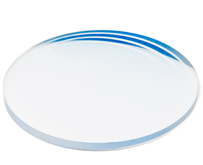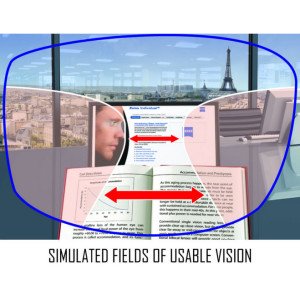Eyecare
Spectacles
At the time of the eye examination your optometrist & dispensing optician will advise you on the choice of suitable lenses, taking account of your occupational or recreational needs, and your prescription.
Lenses can also be supplied in a wide range of tints, including transitions which darken automatically in sunshine outdoors, and fade indoors.

Crizal UV Protection
Transition Lenses
Anti-reflection coatings reduce reflections from the front and back surfaces of a spectacle lens and should especially be considered for:

High minus lenses

Computer work

Night driving
If you feel the time has come for varifocals or bifocals, we have a demonstrator in the practice which gives you some idea of the vision obtained through both types of lens. This helps you to make your decision before purchasing your new spectacles.
We supply a wide range of frames to suit all budgets and tastes. Chosen with quality and durability in mind. All frames guaranteed for 1 year.

Types of Spectacle Lenses
Single vision
Single vision lenses correct for only one distance. If they correct for far distance, the person must accommodate to see clearly up close. If the person cannot accommodate, they may need a separate pair of single vision glasses for near distances, or else use a multifocal lens (see below).


Bifocal
With a bifocal, the upper part of the lens is generally used for distance vision, while the lower part is used for near vision. Usually, a segment line separates the two. Typically a person with myopia would have one section of a prescription lens that has a certain diverging power while another section of the lens would have a lower diverging power for close-up work. Similarly a person with hyperopia would have one section of the lens with a certain converging power and another section with a greater power for close-up work.
Plano
Some people with good natural eyesight like to wear glasses as a style accessory, or want to change the appearance of their eyes using novelty contact lenses. For these people, no power or acuity correction is required. Some may need a prescription in one lens in their spectacles, but not in the other. In this case the lens is simply a placeholder that does nothing, with equal parallel curved surfaces. This is referred to as a plano lens. Source: Wikipedia
Trifocal
Trifocal lenses are similar to bifocals, except that the two focal areas are separated by a third middle area with intermediate focus correction, used for intermediate vision, roughly at arms’ length, e.g. computer distance. This lens type has two segment lines, dividing the three different correcting segments.
Progressive
Progressive or varifocal lenses provide a smooth transition from distance correction to near correction, eliminating segment lines and allowing clear vision at all distances, including intermediate (roughly arms’ length).
